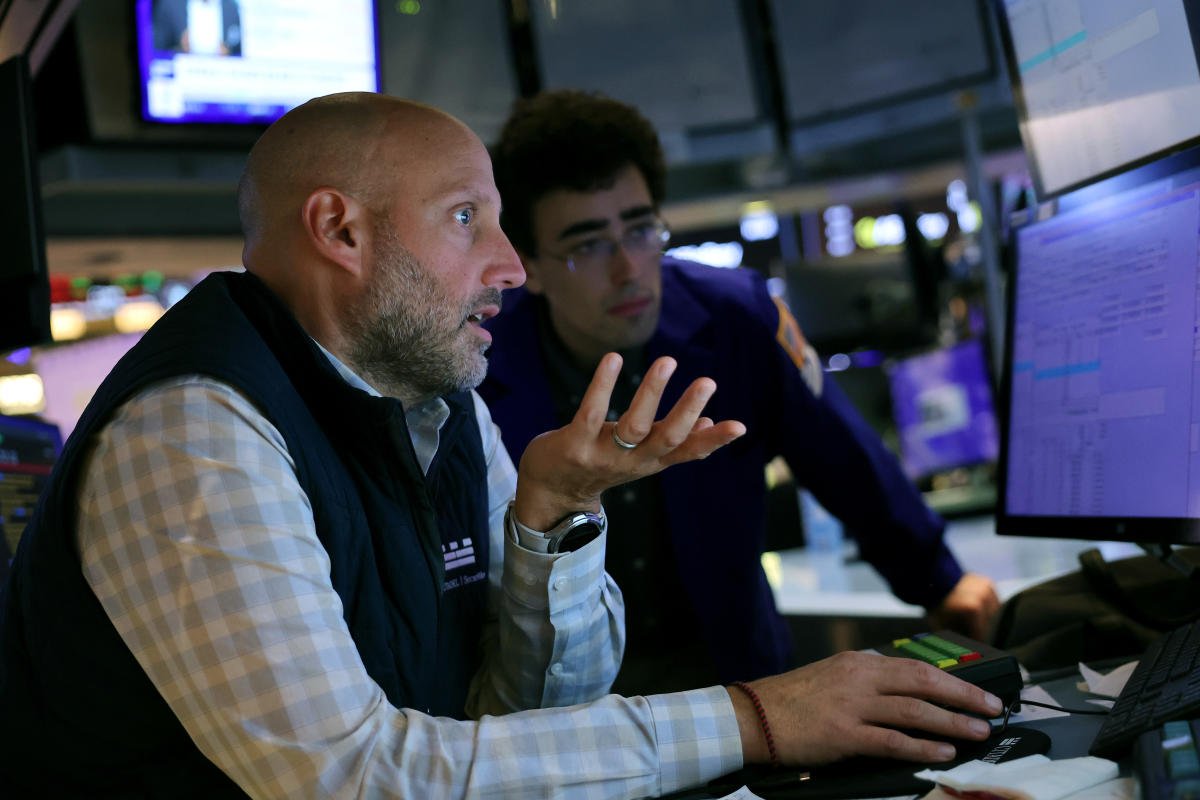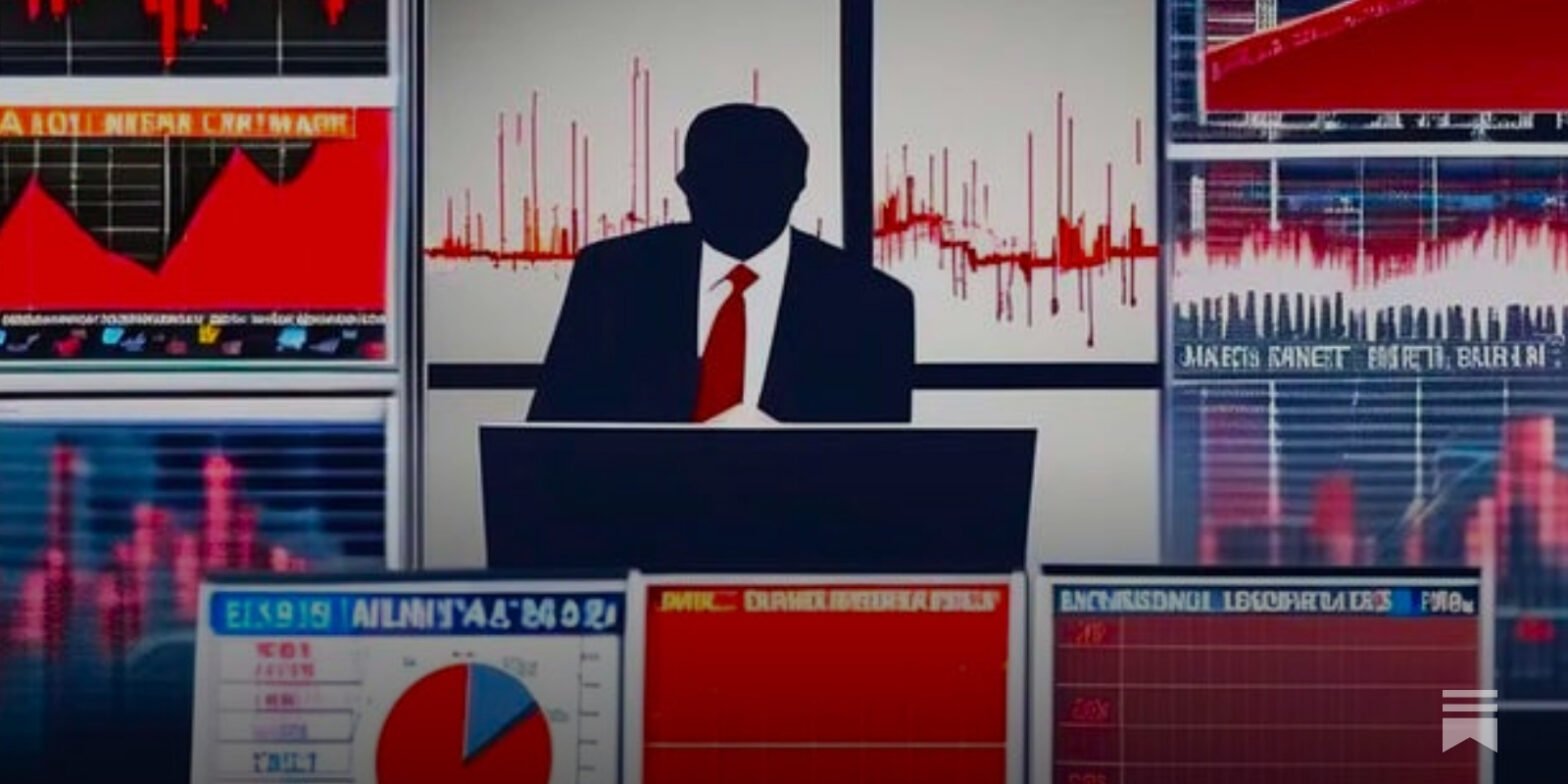 In April, the Sensex was trading at a price-to-earnings ratio of almost 25.
In April, the Sensex was trading at a price-to-earnings ratio of almost 25.
Nov 15, 2024 02:10 IST First published on: Nov 15, 2024 at 04:10 IST
The Indian stock markets have continued to correct. On Thursday, the BSE Sensex fell 110 points or 0.14 per cent. Since touching a high of 85,836 on September 26, the Sensex has fallen by around 10 per cent. The correction is not just limited to the larger companies. Shares of small and midcap companies have also fallen. Over the past month, the BSE small and midcap indexes have also fallen by 7.5 per cent and 8.8 per cent respectively. The Nifty VIX, a measure of market volatility, has also surged and is up almost 14 per cent over the past month.
There are several reasons for this market correction. Some foreign investors have opted to re-balance their global portfolios in favour of China on the back of steps announced by Chinese authorities in recent months to prop up the flagging economy, and attractive stock valuations compared to the elevated valuations in India. Higher long-term US bond yields, a strengthening dollar, and expectations about the direction of US policy under a second Donald Trump presidency are also playing a role. Net investments by foreign investors were -$11 billion in October, and around -$2.5 billion so far this month (until November 13). To put this in perspective, net investments were -$8.3 billion in March 2020. The second quarter corporate earnings season has also been disappointing for several companies, with the results pointing towards a slowing momentum in economic growth. Some FMCG majors have alluded to a “shrinking” middle segment and “softness” in urban demand. Auto sales too indicate sluggish demand. Data from SIAM shows that sales of passenger vehicles grew at less than 1 per cent in October. Sentiment has also been impacted by recent inflation data which showed that retail inflation had edged to a 14-month high of 6.2 per cent in October, surpassing the upper threshold of the RBI’s inflation targeting framework. This has dashed hopes of policy easing in the near term.
In April, the Sensex was trading at a price-to-earnings ratio of almost 25. Multiples for several large companies, and many in the small and mid cap space were considerably higher. The Sensex now trades at a PE ratio of around 22. So far, the market correction does not seem to have dampened the enthusiasm of domestic retail investors. Monthly contribution through systematic investment plans rose to Rs 25,323 crore in October. However, this period of uncertainty is likely to continue. Greater clarity over the underlying economic growth momentum will possibly emerge when the National Statistics Office releases the GDP data towards the end of this month. Thereafter, attention will shift towards the December meetings of the RBI’s monetary policy committee and the US Fed.
















